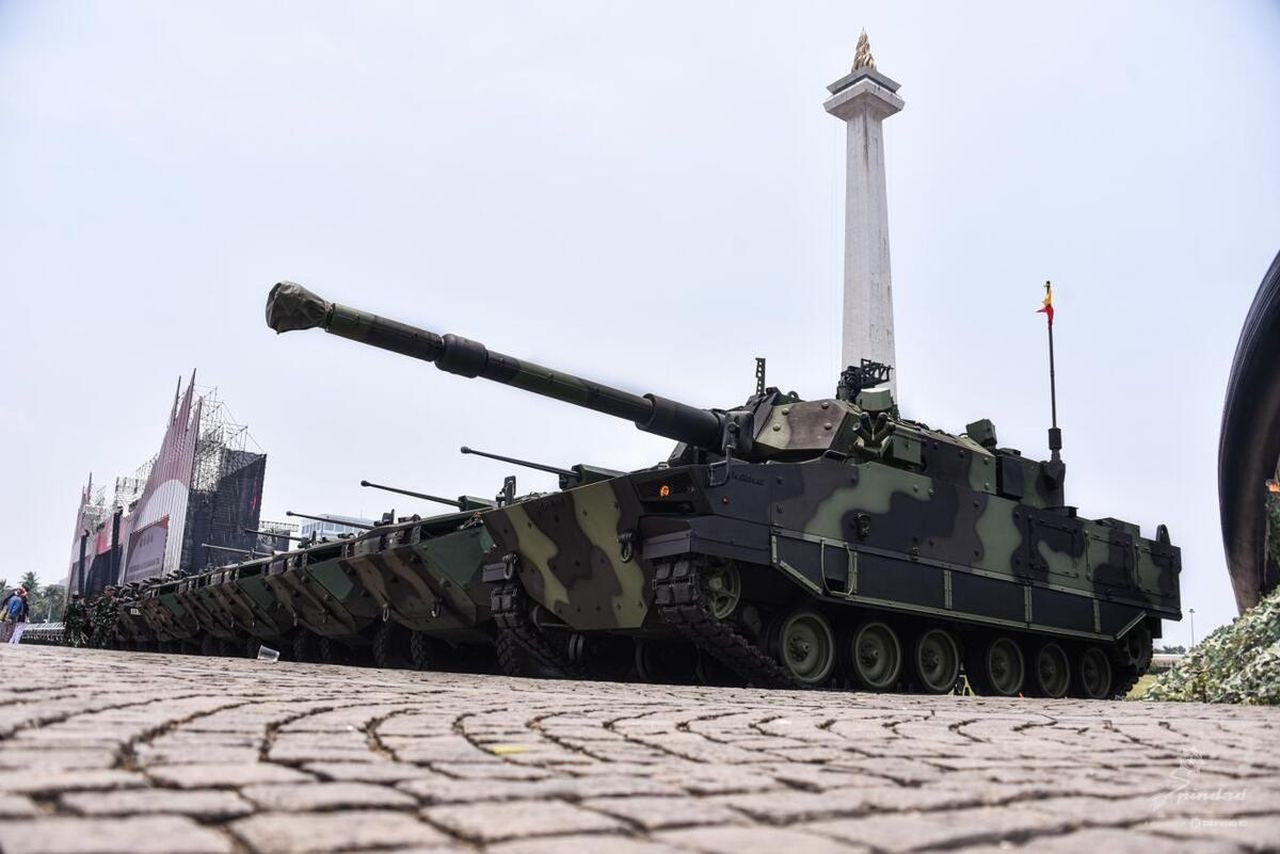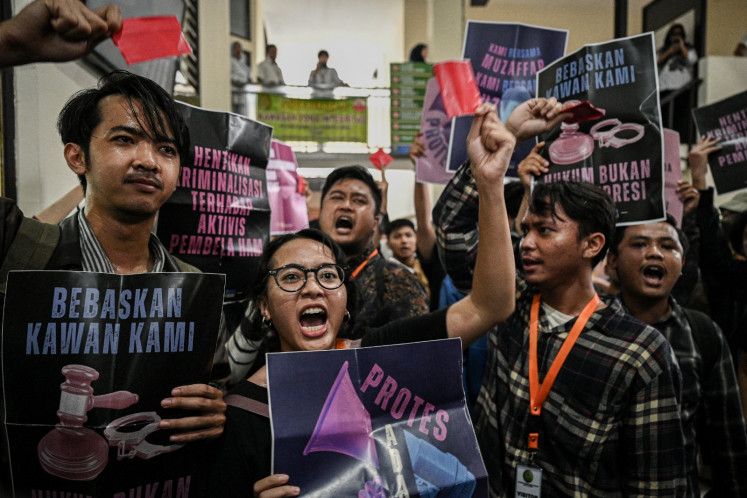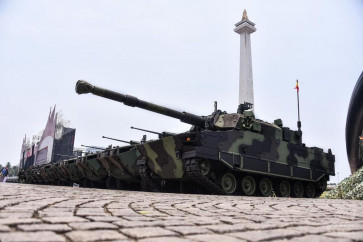Popular Reads
Top Results
Can't find what you're looking for?
View all search resultsPopular Reads
Top Results
Can't find what you're looking for?
View all search resultsA 5 percent defense trap: Indonesia’s path to strategic balance
Indonesia should pursue a balanced 2-3 percent GDP defense budget, leveraging quantum technology and strategic partnerships to strengthen its security, preserve its economy and maintain its non-aligned stance.
Change text size
Gift Premium Articles
to Anyone
A
t the 2025 Shangri-La Dialogue, United States Defense Secretary Pete Hesgeth called on Asian allies to boost defense spending to 5 percent of GDP to counter China’s growing influence in the Indo-Pacific. For Indonesia, with a projected US$3.5 trillion economy by 2050, this translates to a colossal $175 billion annual defense budget, 16 times its current $10.8 billion (0.78 percent of GDP).
While this could fund a futuristic military, the proposal is a fiscal and geopolitical trap.
Indonesia should instead pursue a balanced 2-3 percent GDP defense budget, leveraging quantum technology and strategic partnerships to strengthen its security, preserve its economy and maintain its non-aligned stance.
Hesgeth’s plea stems from US anxieties about China’s rise. China’s $296 billion defense budget (1.3 percent of GDP) supports a navy of 370 ships, surpassing that of the US at 290, and its $15 billion quantum technology investments dwarf the US $2 billion. China’s $1 trillion Belt and Road Initiative and $127 billion trade with Indonesia, compared with $40 billion with the US, amplify its regional clout.
The US, grappling with a $35 trillion debt and an overstretched navy, is pressing allies to bolster its Indo-Pacific strategy. But for Indonesia, a 5 percent GDP defense commitment risks economic collapse and strategic misalignment.
Allocating 5 percent of GDP to defense spending would enable Indonesia to implement the long-term strategic plan of Perisai Trisula Nusantara (Nusantara Trident Shield), proposed by then-defense minister Prabowo Subianto in 2021. Perisai Trisula Nusantara is projected to cost a total of “only” $125 billion over a 25-year period.
By 2050, $175 billion annually could fund autonomous ground vehicles with quantum machine-learning, quantum-lidar anti-drone systems and next-generation tanks for the Army. The Navy, critical for an archipelagic nation, could deploy autonomous vessels with quantum-encrypted navigation, directed-energy weapons and underwater drones with quantum magnetometers. The Air Force could acquire sixth-generation fighters with hypersonic speeds, quantum radar and laser-armed UAVs.



















